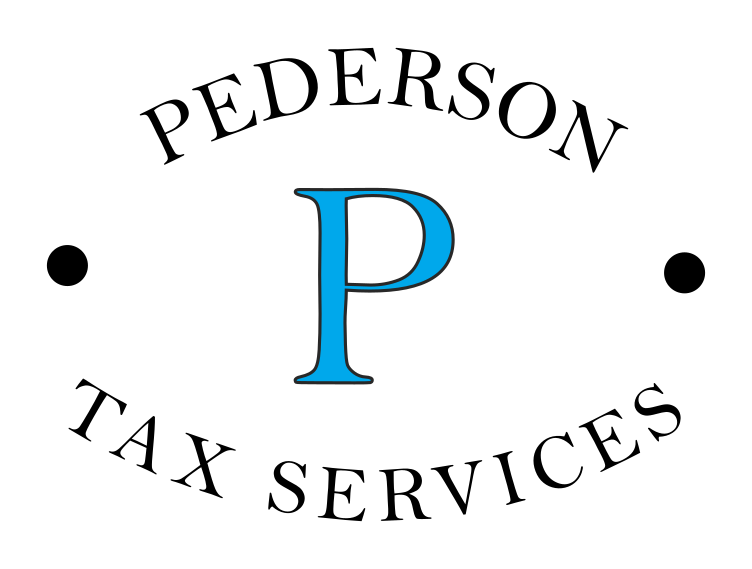The economy is strong, unemployment is low and inflation is worrisome, hitting a 40-year high of 7% in December. So the Federal Reserve has moved up plans to wind down its bond-buying stimulus program and start lifting short-term rates. Kiplinger forecasts four hikes in 2022, with the first one in March.
Rate hikes are a blessing and a curse for consumers. You’ll pay higher interest rates on credit cards, home equity lines of credit, private student loans and more. And although you may not notice a rate bump in the beginning, if the Fed continues to raise rates over the next couple of years, your plans to repay any debt could get tougher. The good news is that savings rates tend to nudge up across the board, albeit slowly. Deposit levels are at record highs, so banks are less inclined to boost rates sooner.
Manage your debt. Think of the rate-hike process as similar to the seasons changing—it happens gradually, says Greg McBride, chief financial analyst for Bankrate.com. If you have debt you are determined to pay off, he adds, you want to get a handle on it now, while rates remain relatively low.
For those carrying credit card debt—especially if it has a high interest rate—take advantage of a card with a 0% or low-rate introductory offer on balance transfers. If you can pay the entire balance during the interest-free period, you’ll pay off your debt and avoid interest rate creep.
For example, the Wells Fargo Reflect Visa doesn’t charge interest for the first 18 months, and the 0% window can be extended up to three additional months if you’ve made on-time minimum payments. You’ll have to pay a balance-transfer fee of $5 or 3% of the amount transferred (whichever is greater).
If you have a home equity line of credit and your lender allows rate locks, consider “fixing” or locking in a lower rate on some or all of your outstanding balance. HELOCs established in the past 10 years typically allow borrowers the option of creating a loan within their credit line. As you make payments on the loan, the credit line is replenished.
You may want to refinance your current HELOC or refinance your mortgage and roll your HELOC balance into it, which may be more feasible given the increased limits on conforming loans for 2022 (for more, see Conforming Mortgage Loan Limits Rising). Don’t delay if you want to refinance your mortgage—rates are still relatively low, but the long-term yields tied to mortgage rates have started to creep up.
A boon for savers. Savers will get the best rates from savings and money market deposit accounts that are already providing top yields. You’ll typically find those accounts at online banks or other online financial institutions. Savers could be earning a rate close to the federal funds rate by the time the Fed is done raising rates. And if the Fed hikes rates nine times in quarter-point installments, as it did between 2015 and 2018, that number could hit 2.25%.
One high-rate account worth checking out is Bo Savings which yields 0.65% and requires a $250 minimum opening deposit. Affinity Plus Federal Credit Union offers a money market account yielding 1% on balances up to $25,000. To earn the full rate, you must have a $500 minimum direct deposit into an Affinity Plus deposit account and opt to receive digital statements.
